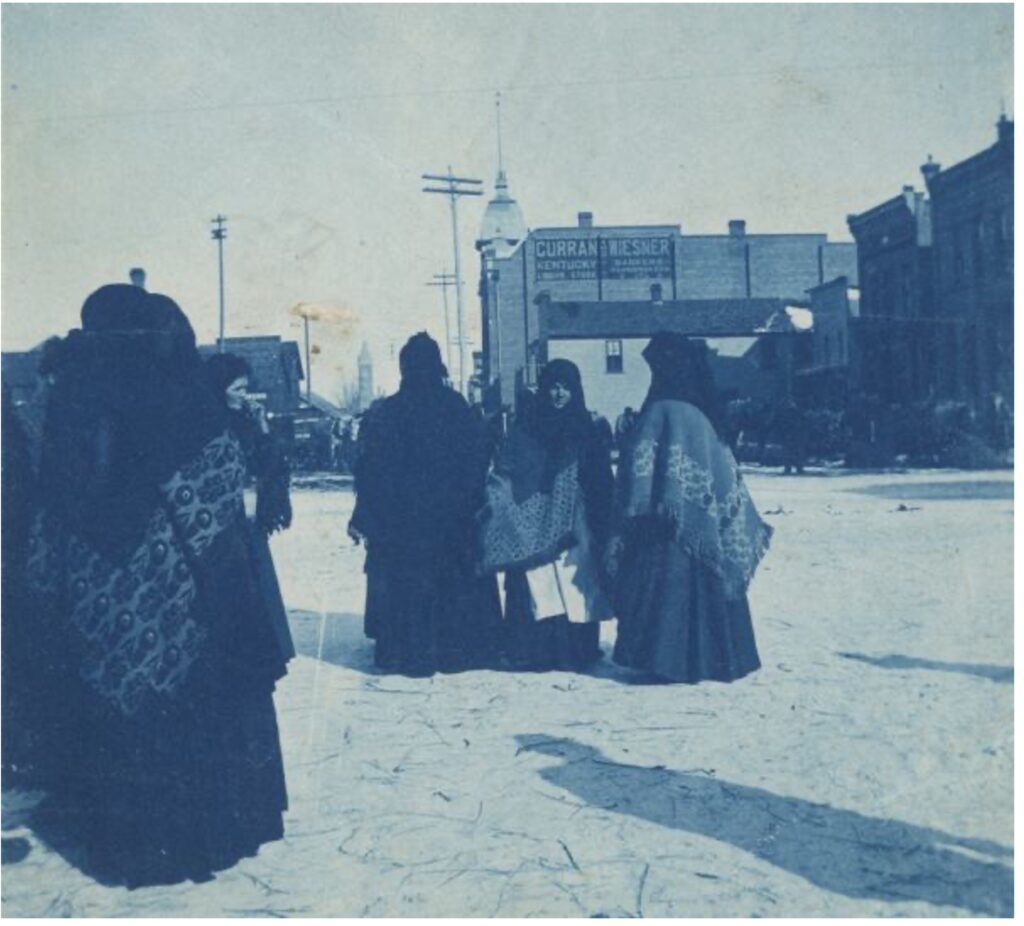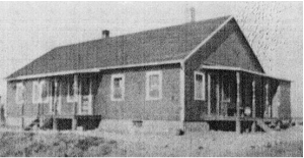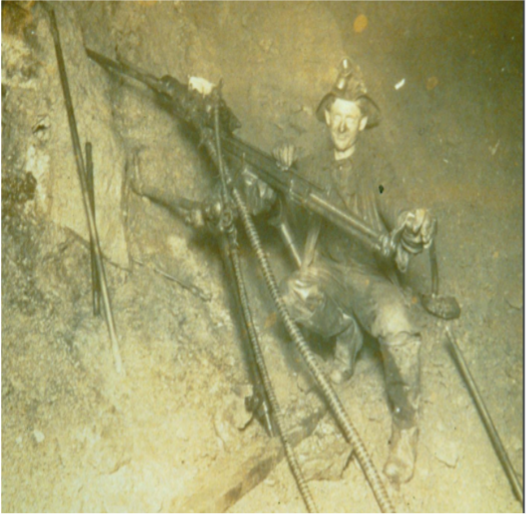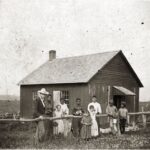Between the 1880s to the 1920s, a new wave of immigrants from Southern and Eastern Europe began to arrive in Wisconsin. The Eastern European immigrants included Poles, Czechs, Slovaks, Russians, Hungarians, and Bulgarians. Eastern European countries at this time struggled with overpopulation, land shortages, religious and political persecution, and an unequal system of dividing land. In Poland, for example, the successive division of farmsteads through inheritance meant that many farms were too small for a family to live on. Furthermore, as the feudal labor system declined, peasant workers were now forced to pay rent for housing instead of providing a specified amount of labor. Lacking money and with poor future opportunities for advancement, many Eastern Europeans were compelled to cross the Atlantic Ocean and start a new life in the United States. Meeting this supply of labor was an increased demand for foreign workers in the United States due to labor shortages in the aftermath of the Civil War.
A significant number of Eastern European immigrants settled in Wisconsin at this time. Although many of these immigrants were accustomed to working on farms, most of the best farmland in Wisconsin had been taken by the late 1800s. As a result, most of the Eastern European immigrants found work as industrial laborers in factories, foundries, and mines. Czechs settled along Lake Michigan and in the Northwoods where they worked in the lumber industry and established small farms. Russians and Slovaks settled in the cities of Milwaukee, Kenosha, and Racine and worked as industrial laborers. Large Polish settlements at this time included Portage County in north-central Wisconsin and the city of Milwaukee. In fact, Portage County, with its largest city of Stevens Point, has the largest rural Polish settlement in the United States. Polish immigrants in Portage County found work with the Wisconsin Central Railway, in sawmills and lumberyards, and occasionally in cranberry harvesting. More than half of the Polish immigrants to the state settled in Milwaukee, predominantly on the city’s south and northeast sides. Most of them worked as laborers in tanneries, meat-packing plants, and other factories.

Meanwhile, many Bulgarian and Hungarian immigrants settled in the Platteville area to work in the booming zinc mining industry. Technological improvements in water pumping and drilling technologies in the late nineteenth century allowed for previously inaccessible zinc deposits to be profitably mined. However, this required larger numbers of miners to operate the new equipment. The Bulgarian and Hungarian immigrants to Platteville largely consisted of young, single men who planned to work temporarily in the mines to bring money back home to their families. These immigrants largely lived in “boarding houses,” a cheap, communal living arrangement. The house was usually owned by a local landowner, sometimes referred to as a “boarding boss”, who collected rent from the workers in exchange for housing. The boarding system for Eastern European immigrants was commonly found across the United States at this time because it facilitated maximum savings and it solved an urgent housing concern for the immigrants who came to earn money and hoped to return to their native villages.

However, the story of Eastern European immigration to Wisconsin cannot be told without noting the significant discrimination that these immigrants faced. The high rates of immigration in this era sparked nativist sentiment against immigrants from Asia, Southern Europe, and Eastern Europe. The effects of World War I and the Russian Revolution intensified this sentiment towards Eastern Europeans, as some Americans held negative stereotypes against Slavic people and came to fear Communism during the country’s first Red Scare between 1918 and 1920. For example, Hungarian and Bulgarian laborers who worked in the Platteville mines were commonly called “hunkies”. This negative stereotype became popularized and unskilled jobs became known as “hunky jobs” across the country. This anti-immigration movement eventually resulted in national legislation restricting immigration to the United States. The Emergency Quota Act of 1921 and the Immigration Act of 1924 signed by President Calvin Coolidge limited immigration from Eastern and Southern Europe. These acts also blocked nearly all immigration from Asia.

Today, 13% of Wisconsinites (around 750,000 people) trace their ancestry back to Eastern Europe. Eastern European immigrants and their descendants have had a profound impact on Wisconsin’s history and identity. Annual festivals, such as Polish Fest in Milwaukee, continue to show the important cultural ties between Eastern Europe and Wisconsin.
Written by Liam Reinicke, December 2022.
SOURCES
2021 Virtual Field Trip, 2021, The Mining and Rollo Jamison Museums, Platteville, WI https://mining.jamison.museum/virtual-school-field-trip/
Wisconsin Lead and Zinc Mining History, 2022, The Mining and Rollo Jamison Museums, Platteville, WI.; Karel D. Bicha, “Hunkies: Stereotyping the Slavic Immigrants, 1890-1920,” Journal of American Ethnic History 2 no.1 (1982): 24 https://www.jstor.org/stable/27500236
“History & Resources.” Immigrant Journeys from South of the Border, https://wisconsinimmigrantjourneys.org/history_and_resources/#:~:text=Starting%20around%201880%2C%20immigrants%20from,northern%20European%20Finns%20and%20Icelanders.
“20th Century Immigration.” Wisconsin Historical Society, 3 Aug. 2012, https://www.wisconsinhistory.org/Records/Article/CS430.
Erik Flesch, (Museum Director of The Mining and Rollo Jamison Museums), in discussion with the author, March 2022.
Kazimierz J Zaniewski, “Ethnic Diversity in Wisconsin,” Presentation for the History Sandwiched In lecture series sponsored by the Wisconsin Historical Museum, 13 Aug. 2013, https://www.uwosh.edu/facstaff/zaniewsk/map-gallery/ethnic-patterns-in-the-united-states/Ethnic_Diversity_Wisconsin.pdf
Mikos, Susan Gibson. Poles in Wisconsin, Wisconsin Historical Society, 2012. ProQuest Ebook Central, https://ebookcentral.proquest.com/lib/wisc/detail.action?docID=3417337.




